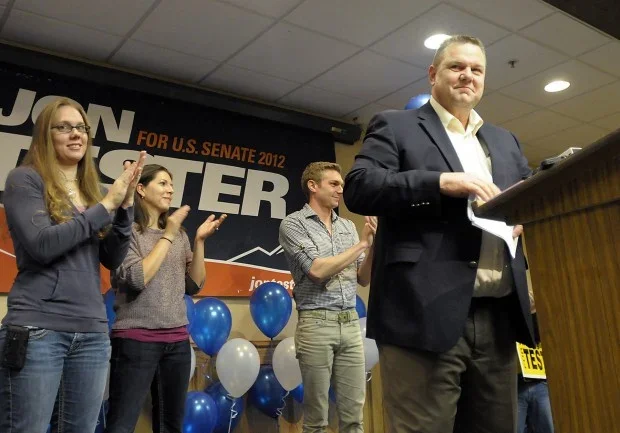In 2012, digital political advertising was still a developing discipline.
Platforms had yet to roll out the automated optimization tools that are common today, meaning that campaigns had to rely on manual processes, careful analysis, and strong cross-team coordination to find success online.
Senator Jon Tester’s re-election campaign in Montana serves as an example of how disciplined experimentation and integration across campaign teams can translate into measurable digital and electoral advantages.
The Early Days of Digital Advertising
At the outset of the campaign, our team managed ad programs with a highly manual workflow. Large batches of creative were uploaded at once, spanning a range of themes, visuals, and calls to action. Without the benefit of auto-optimization features, we relied on painstaking monitoring of performance data.
Every few days, we would review the results to see which ads were resonating. High-performing creatives were scaled up, while underperformers were cut. This process required hands-on adjustments, deliberate targeting decisions, and a willingness to iterate quickly.
Audience Testing and Message Refinement
Parallel to creative testing, we worked to understand how different messages connected with different groups of voters. By segmenting audiences—whether by geography, issue interest, or level of prior engagement—we could identify which pockets of Ohio voters responded best to specific appeals.
This segmentation allowed us to fine-tune our persuasion strategy over time. While our later advertising in the summer and fall of 2012 would focus heavily on persuasion at scale, the groundwork laid in these early months was essential for knowing which stories, images, and arguments carried weight.
Integration with the Email and campaign Teams
One of the most important early lessons came from aligning digital ads with our email program. Those of us at Chong and Koster coordinated closely with the email team at Well & Lighthouse to identify which signup motivations were producing the most engaged volunteers and donors. For example, some supporters joined primarily on policy grounds, while others were drawn by the stakes of protecting Sherrod Brown’s seat from well-funded outside opposition.
By matching our advertising calls-to-action to these proven motivations, we increased the quality of new supporters coming through the digital program. This cross-channel learning loop gave us an edge in both fundraising and volunteer recruitment.
The Impact of Early Digital Work
Though our persuasion advertising program would evolve significantly heading into late summer and fall, the foundation we built in the early months was critical. By the time the campaign hit peak season:
Digital fundraising was ahead of the curve, with more resources available to sustain the final persuasion advertising push.
Sherrod Brown had more social media followers than his opponent, boosting campaign reach and credibility.
Clear processes existed between the campaign and its agency partners, ensuring smooth coordination during the most intense phases of the election.
Conclusion
Managing digital advertising for Sherrod Brown in 2012 required patience, discipline, and creativity in an environment without the automated tools of today. The deliberate testing, close integration with the email team, and early investments in process allowed the campaign not only to withstand one of the nation’s most expensive Senate races that year, but to enter the final stretch with significant digital advantages.



